Handwritten notes are like sending a hug through the mail. They have personality and character, attributes a computer screen will never have. Let me show you why, when, and how to write a thank-you note.
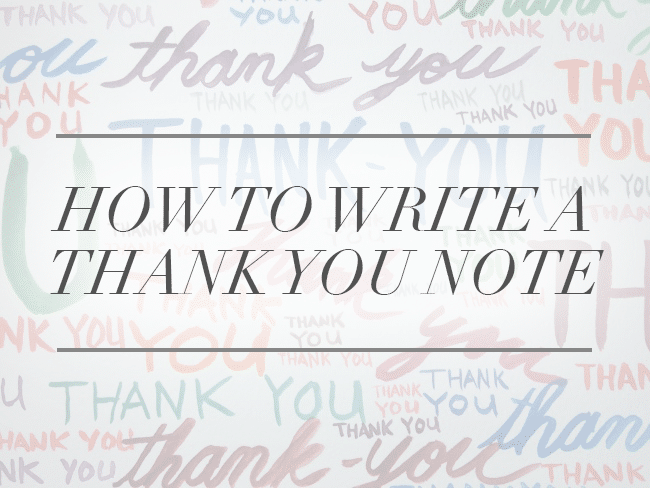
At The Write Practice, we publish a new article each day designed to help writers tackle one part of their writing journey, from generating ideas to grammar to writing and publishing your first book. Each article has a short practice exercise at the end to help you immediately put your learning to use.
Check out the latest articles below or find ones that match your interest in the sidebar.
And make sure to subscribe to get a weekly digest of our latest posts, along with our free guide, 10 Steps to Become a Writer.

Handwritten notes are like sending a hug through the mail. They have personality and character, attributes a computer screen will never have. Let me show you why, when, and how to write a thank-you note.

If you’re anything like me, you’ve probably spent more hours than you’d like to admit staring at website templates, trying to figure out what to write in your bio, or what exactly should go on your homepage.
Recently, I discovered Tertulia, and I’m not exaggerating when I say it’s the easiest platform I’ve ever used to set up an author website.
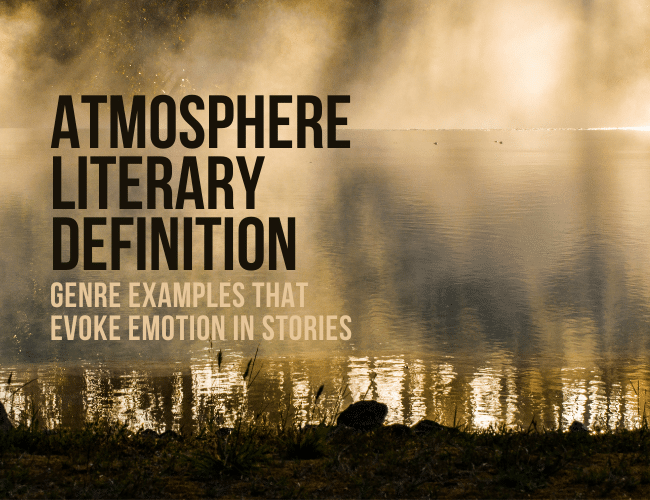
Atmosphere matters. You might be someone who will pay a premium to eat at a restaurant with a certain ambience or buy a house in a setting that supports a particular feeling. But how do you use atmosphere in your book?
In like manner, your reader won’t remember every word you wrote, but if you infuse the story with atmosphere, they will remember the way it made them feel.
But how can you weave atmosphere into your story without making it feel forced? How can your story’s atmosphere evoke an emotional response and leave a lasting impression on your readers? How can you leverage this literary technique to enhance that feeling?
A strong sense of atmosphere figures into the works of William Shakespeare. Edgar Allan Poe mastered atmosphere in poems like The Raven and his haunting tales of suspense. J.K. Rowling managed it well in the Harry Potter series.
And you can learn it too.
There are many literary devices and elements of fiction a writer uses to impact the atmosphere of a literary work, including figurative language, word choice, similes, and personification. In this post, we’ll examine how point of view and genre considerations help to set the mood and establish atmosphere.
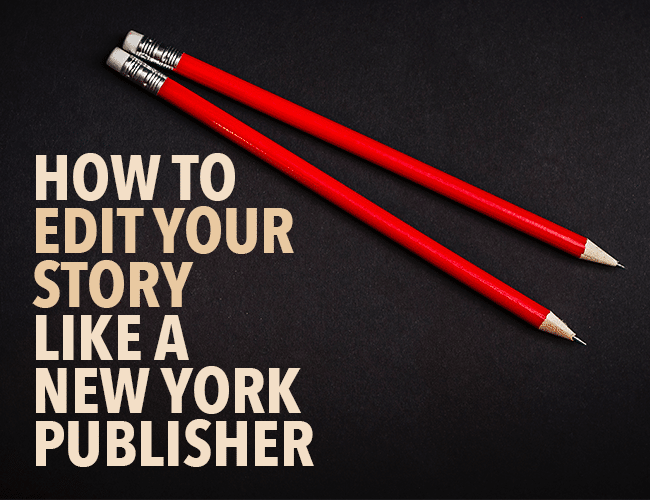
You have finished writing the first draft of your story, a version of your whole story from beginning to end. Now it is time to edit, to revise your words to make your story clear and compelling, so the reader will continue reading after the first sentence.
Editing your story might feel like an impossible task, but when you have a strategy to use, you can be confident you can edit your own story and improve your writing.
Whatever you do, do not skip the important step of editing your first draft. According to David Remnick, the editor of The New Yorker, “Revision is all there is.”
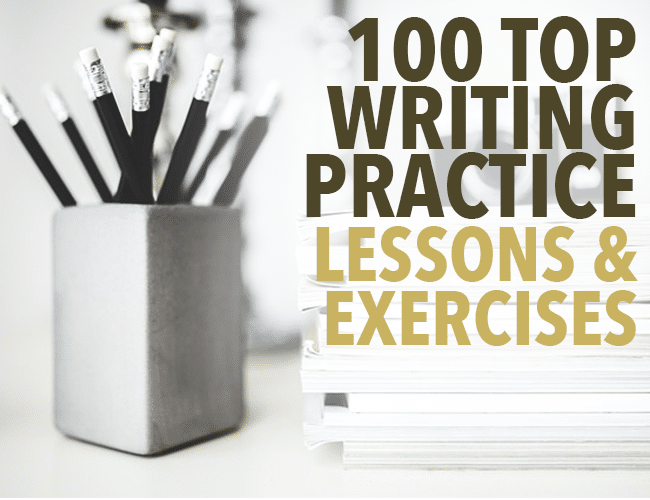
Want to become a better writer? Perhaps you want to write novels, or maybe you just want to get better grades in your essay writing assignments, or maybe you’d like to start a popular blog.
If you want to write better, you need practice. But what does a writing practice actually look like? In this post, I’m going to give you everything you need to kick off your writing practice and become a better writer faster.
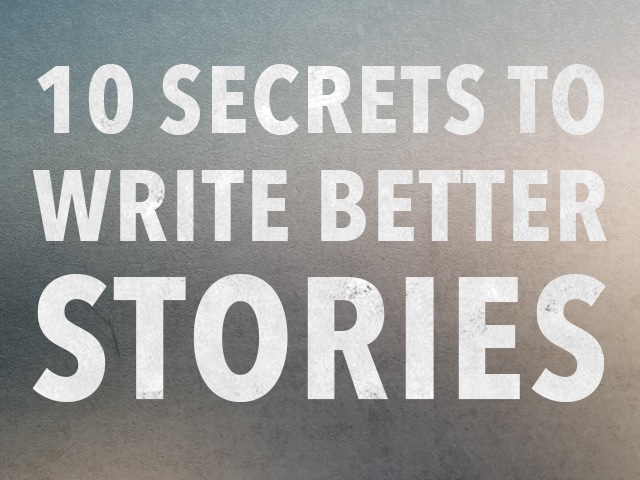
Writing isn’t easy, and writing a good story is even harder.
I used to wonder how Pixar came out with such great movies, year after year. Then, I found out a normal Pixar film takes six years to develop, most of it on the story.
How do you write a story, and more importantly, how do you write one that’s good?

In speech, when you contract “could have,” “would have,” or “should have,” you end up with what sounds like, “could of,” “would of,” and “should of.” However, that is not what should be written. The proper contracted forms of could/would/should have are could’ve/would’ve/should’ve.
And yes, could’ve is an acceptable contraction. What is not acceptable is saying “could of” instead, because that is just plain wrong.
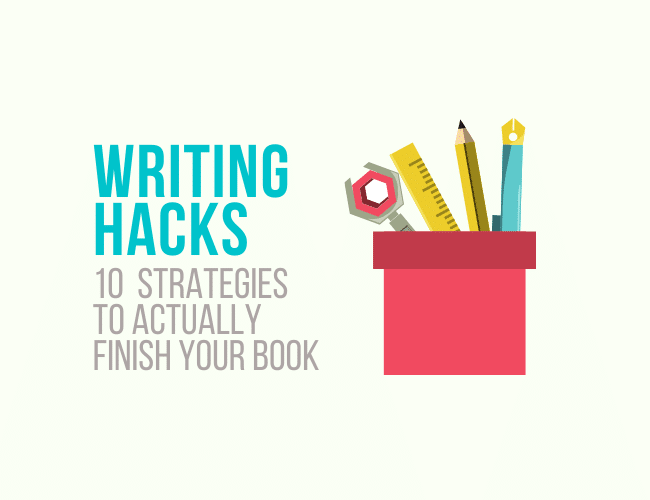
Are you struggling to write? Read on for my best writing hacks to get you writing now.
There’s no getting around it. Writing is hard. Whether you’re writing your first book, crafting an essay for school, blogging, or just writing for fun, there are so many things against you.
First is the time itself. What you could say in five minutes takes a huge amount of time to write into coherent, grammatically sound sentences.
Then there are the distractions: social media, video games, endless sudoku puzzles (my personal kryptonite).
Finally, and perhaps worst of all, there is writer’s block, which can vary from a general aversion to writing to crippling self-doubt and an inability to put any words on a page, let alone something good.
Yes, writing is hard. So hard it’s amazing people write at all, some for fun no less!
The good news is that if you’re having a hard time writing, you’re not alone. Even great writers struggle with distraction and writer’s block. To be honest, I struggle too. I’ve written 15 books and still struggle on a daily basis to write.
At the same time, writing can be amazing, inspiring, fulfilling, even life changing. If you’re struggling to write, in this article I’m going to share all the writing tips to help you get focused that I know. Hopefully at least one of these tricks will get your creativity thrumming, get the words moving, and help you finally get to writing.
So grab a cup of coffee, open up a blank page, and get ready to write.
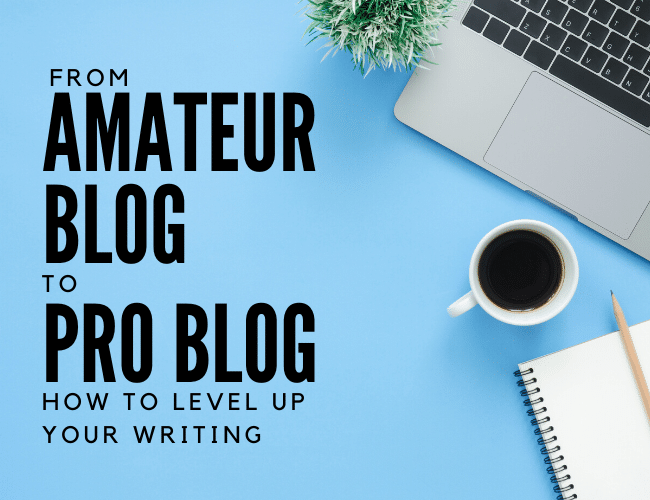
When I first started blogging, I set up a free account with Blogger. It was great. I didn’t have to understand any crazy computer code. I just had to worry about writing. Then, I read somewhere that I should install Google Analytics to see how many people were reading my blog. It took me an hour, but I figured out how to insert the hieroglyphic-looking code into my theme and opened up my analytics page.
I found out there were about seven people reading my blog. That’s it? I thought. That started me on a quest to figure out how to get more people to read my blog.
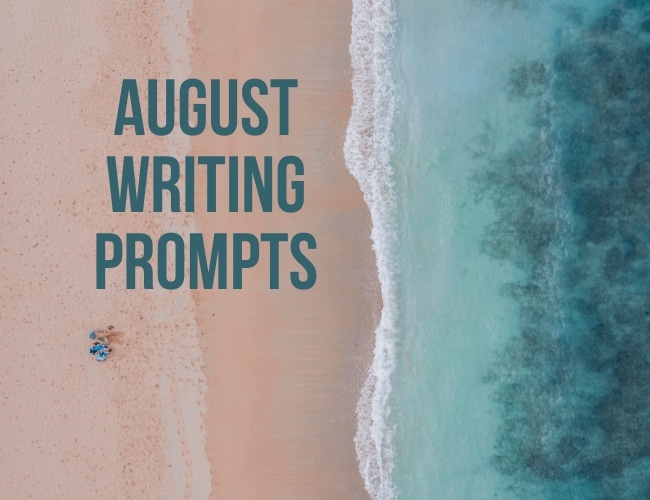
It’s mid-summer and a great time to do some daily writing! Check out these 25 August writing prompts to get your creative juices flowing.